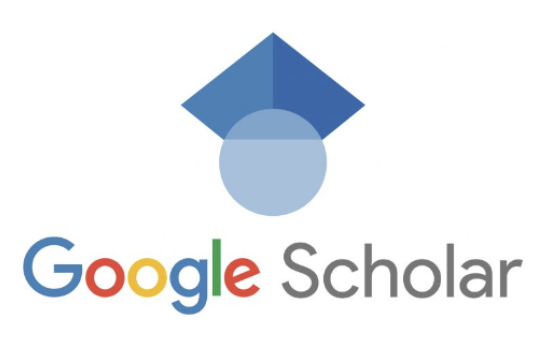Google Scholar Basics – Gibson D Lewis Library
Google Scholar Basics
What is Google Scholar?
 Google Scholar is a web browser that searches for scholarly articles and other scholarly materials.
Google Scholar is a web browser that searches for scholarly articles and other scholarly materials.
Did you know that you can add a Find it @HSC button to Google Scholar to easily find articles through library subscriptions?
Learn more by browsing this guide: Find it @HSC, Author Metrics
Pros of Google Scholar
- Google Scholar is much like Google and is simple to use.
- Google Scholar allows for you to see articles related to the article for which you searched. It also shows how many times an article has been cited and by whom, and provides citations for articles in MLA, APA, or Chicago styles.
- Google Scholar can display links to articles and books held through UNTHSC Lewis Library. For more information on how to add this feature, see the Find it @HSC tab.
- Google Scholar allows you to save both citations and articles to read later.
- Google Scholar allows you to find free preprint and open-access copies of journal articles on the web.
- Google Scholar allows you to search multiple formats across multiple disciplines in one search.
Cons of Google Scholar
- Google Scholar’s coverage is wide-ranging but not comprehensive. It can be a research source, but should not be the only source you use.
- Google Scholar does not provide the criteria for what makes its results “scholarly”. It is up to the researcher to determine which of the results are suitable for their purposes.
- Google Scholar does not allow users to limit results to either peer reviewed or full text materials or by discipline.
- Keep in mind that a regular search displays highly relevant citations at the top of the list (just like in Google), not the most current materials.
- Google Scholar may link to papers and articles on commercial publisher websites. These sites will ask you to buy a subscription or pay for an article. Use the “Find it @ HSC” links or UNTHSC databases to look for a free copy of the article.
- Google Scholar does not always give the full text. Articles indexed in Google Scholar may be accessible through UNTHSC databases. Select “Find it @ HSC” or search UNTHSC databases to see if we have full text access.
Finding Author Metrics
Search for author metrics by typing in a name or selecting a name attached to an article. Click on the author’s name to navigate to their profile.
Use the author profile to find other works written by the author, collaborators, and data on citations. Select the ‘Cited By’ links to see what has cited a work since it was written. All data is according to Google Scholar, and may differ from other profiles seen in Scopus or other databases.

Creating a Google Profile
Google Scholar Profiles are a free author profile established and can be largely maintained through Google and their indexing algorithm. This profile allows authors to showcase their academic publications by allowing them to check who is citing their articles, graph citations over time, and compute several citation metrics. Users have the option of making their profiles public and discoverable by searching author names or private. Google Scholar will update articles automatically if they are indexed or users can manually update articled to their profile. Once articles are attached to a profile, Google will work to compute metrics.
To create a Google Scholar Profile:
- Go to Google Scholar
- Click on “My Profile” and sign into your account or create a new one with your UNTHSC email so affiliation can be confirmed
- To finish your profile, Google will gather articles that the algorithm believes is your published work. Select the articles that are yours and add areas of interest.
Google Scholar and ORCID:
ORCID has a tool that allows you to import citations from BibTeX (.bib) files into your ORCID record, including files exported from Google Scholar. In depth details on this process can be found here.










